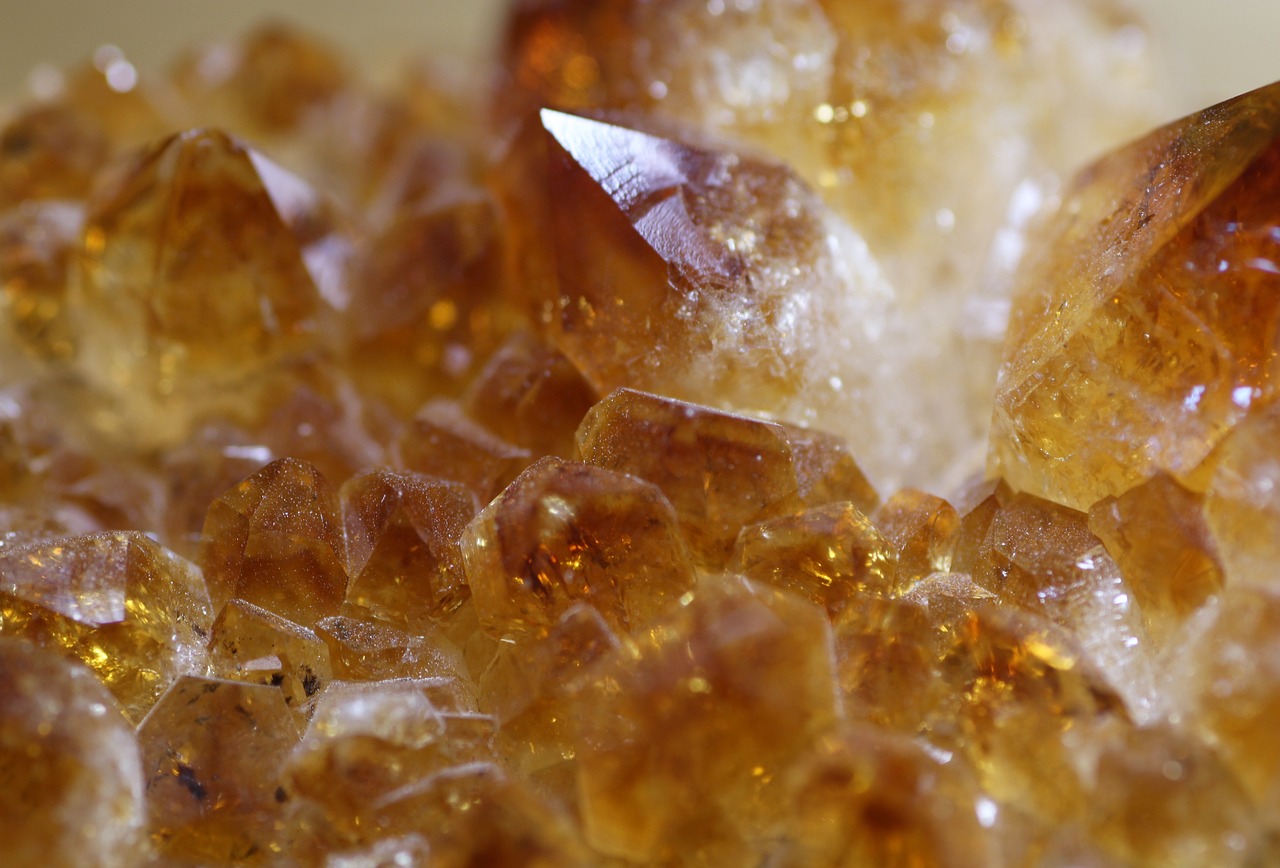
The Carpathian Mountains, stretching across a significant part of Central and Eastern Europe (CEE), are a region rich not only in natural beauty and biodiversity but also in mineral wealth. This mountain range, one of the largest in Europe, harbours a variety of minerals and ores, making it a potential hotspot for mining activities. However, the quest to unearth these hidden treasures must be balanced with environmental conservation and sustainable development principles.
Historically, the Carpathians have been a source of mineral resources. The region is known for its deposits of precious metals like gold and silver, as well as industrial minerals such as salt, iron ore, and bauxite. In countries like Romania, Slovakia, and Ukraine, mining has been a part of the economic fabric for centuries. For instance, the Romanian town of Rosia Montana is home to one of the largest and oldest gold mines in Europe.
In recent years, there has been renewed interest in the Carpathians’ mineral resources. Advances in mining technology and rising global demand for minerals have led to increased exploration activities. This resurgence in mining holds economic promise for the region, potentially creating jobs and contributing to local economies.
However, mining in the Carpathians is not without its challenges and controversies. One of the primary concerns is the environmental impact. Mining activities, if not managed responsibly, can lead to deforestation, soil erosion, water pollution, and habitat destruction, posing a threat to the region’s rich biodiversity. The Carpathians are home to a variety of flora and fauna, some of which are endemic and vulnerable.
The potential social impact is also a significant consideration. Mining projects can lead to displacement of communities, alteration of landscapes, and changes in local livelihoods. In addition, there is often resistance from local communities and environmental groups who are concerned about the long-term ecological and social repercussions of mining.
An example of these tensions can be seen in the previously mentioned Rosia Montana, where proposed large-scale gold mining projects have faced strong opposition from environmentalists and locals, leading to ongoing debates and legal battles.
Balancing the economic benefits of mining with environmental and social considerations is crucial. This involves adhering to stringent environmental standards, employing sustainable mining practices, and ensuring that local communities are engaged and benefit from mining activities. It also means prioritising conservation, as parts of the Carpathians are protected areas under national and international law, including the UNESCO World Heritage sites.
Innovative approaches to mining, such as the use of 'green mining’ technologies and the rehabilitation of former mining sites, are also part of the solution. These practices aim to minimise the environmental footprint of mining and contribute to the restoration of ecosystems post-mining.
The future of mining in the Carpathians will depend on the ability of governments, industries, and communities to work together towards sustainable and responsible mineral extraction. This includes comprehensive environmental impact assessments, transparent and inclusive decision-making processes, and adherence to international best practices and standards.
In conclusion, the Carpathians’ hidden treasures of mineral wealth present both opportunities and challenges. The sustainable development of these resources can contribute to the economic vitality of the CEE region, but it requires a balanced approach that respects the ecological integrity of the Carpathians and the well-being of its inhabitants. As the debate over mining in this region continues, the need for a harmonious coexistence between economic development and environmental stewardship remains paramount.






